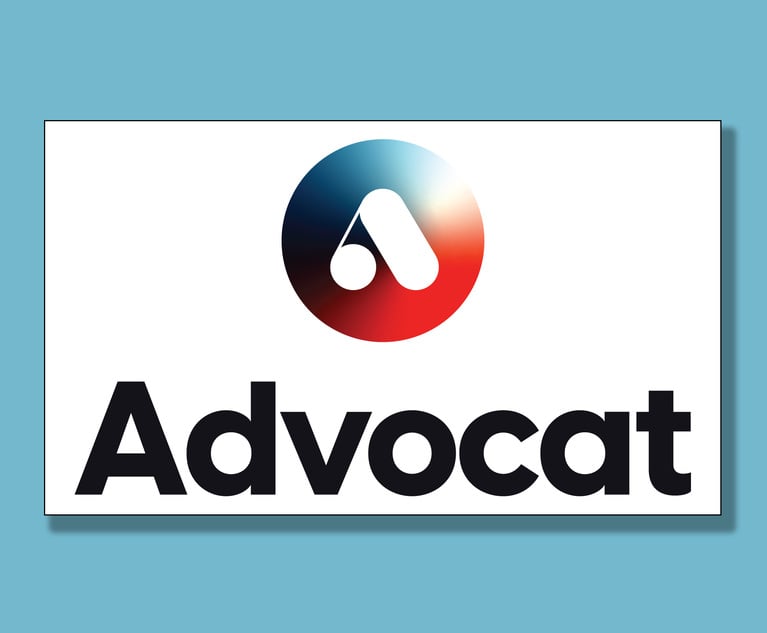Legal teams have started to embrace artificial intelligence (AI)-based technologies with more gusto—recognizing that automation can save them immense time and stress. But with that readiness to onboard technology comes the thought that simply implementing a solution will solve your problem. This is not so.
Implementation alone is more complicated than most lawyers and businesses leaders are prepared to take on, yet it can be the most important element of adopting and using the technology. Frustrating implementation can end up in abandonment of the solution if it’s bad enough. To avoid this, lawyers onboarding automation technologies should be aware of certain best practices regarding implementation so they can successfully onboard new solutions. Contract-focused technology especially will benefit from the following steps.
First, What Are Some Implementation Challenges?
This content has been archived. It is available through our partners, LexisNexis® and Bloomberg Law.
To view this content, please continue to their sites.
Not a Lexis Subscriber?
Subscribe Now
Not a Bloomberg Law Subscriber?
Subscribe Now
LexisNexis® and Bloomberg Law are third party online distributors of the broad collection of current and archived versions of ALM's legal news publications. LexisNexis® and Bloomberg Law customers are able to access and use ALM's content, including content from the National Law Journal, The American Lawyer, Legaltech News, The New York Law Journal, and Corporate Counsel, as well as other sources of legal information.
For questions call 1-877-256-2472 or contact us at [email protected]


 Credit: putilov_denis/stock.adobe.com
Credit: putilov_denis/stock.adobe.com




